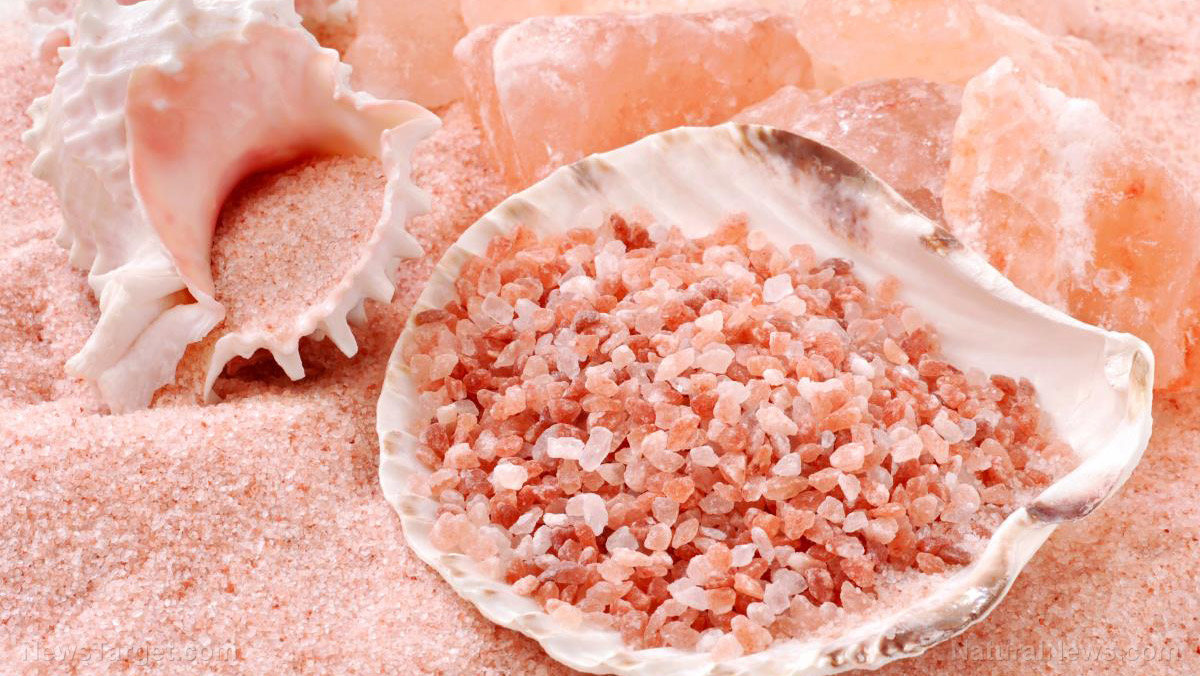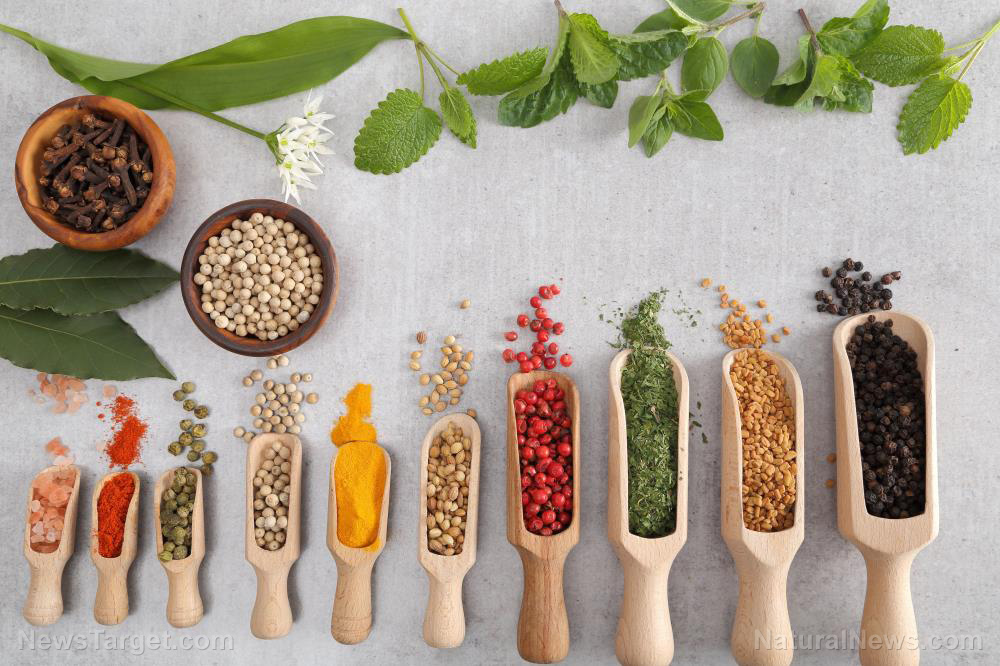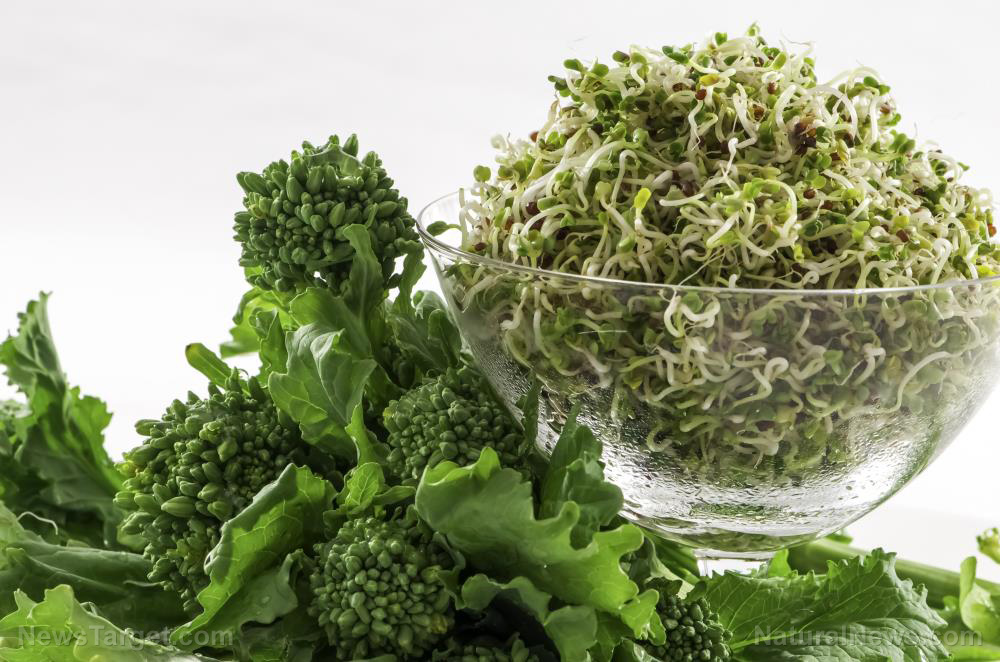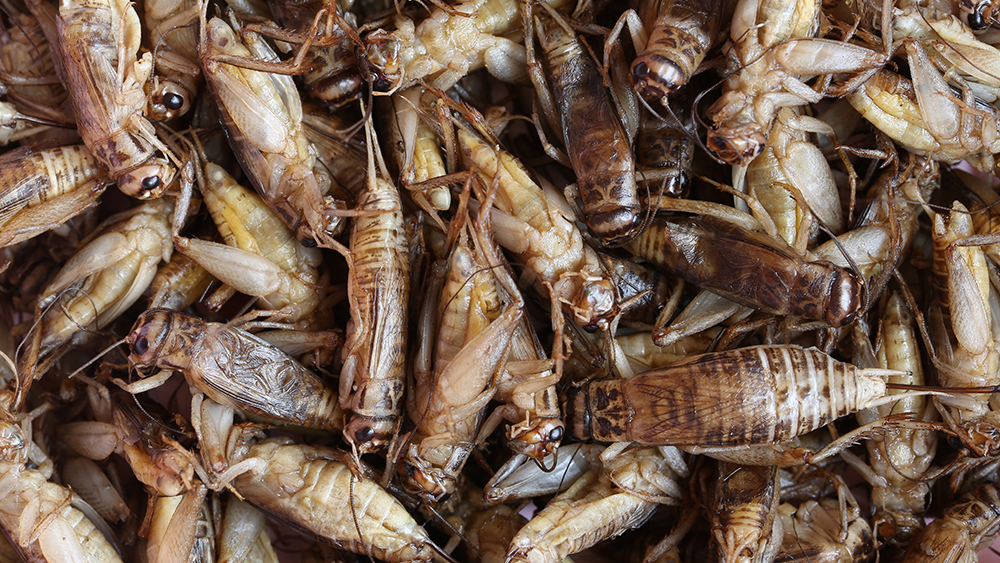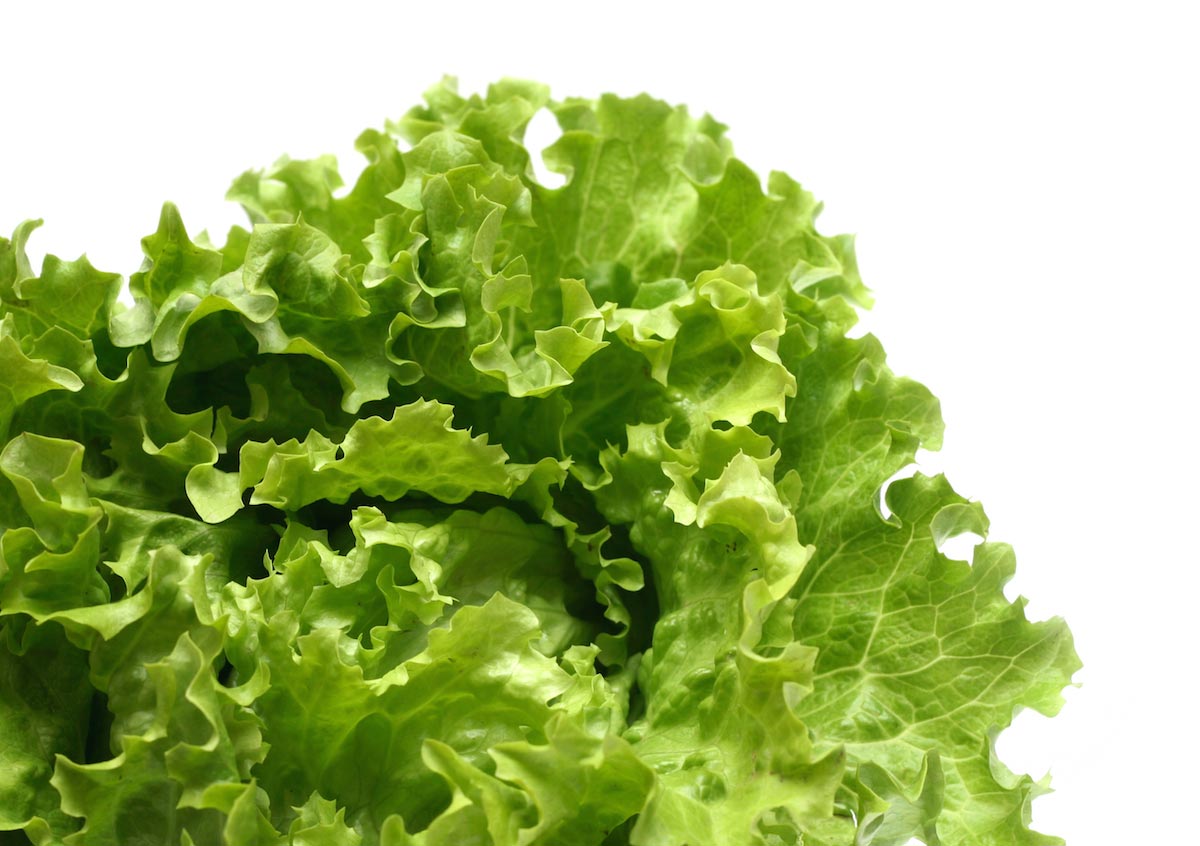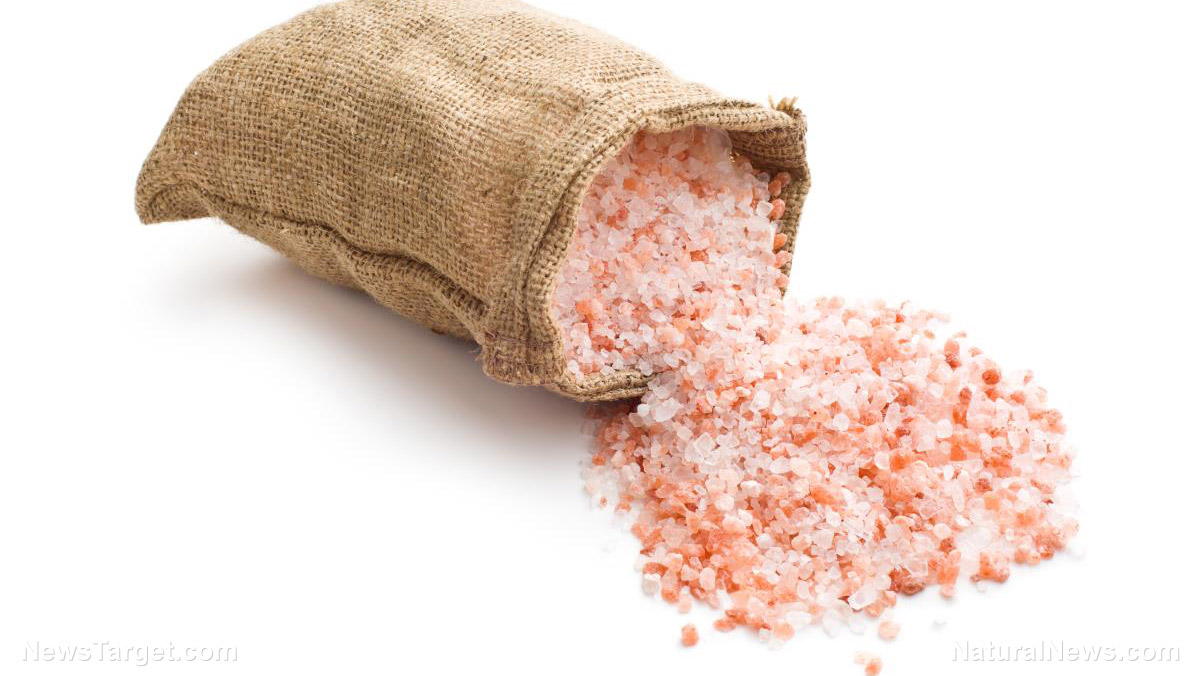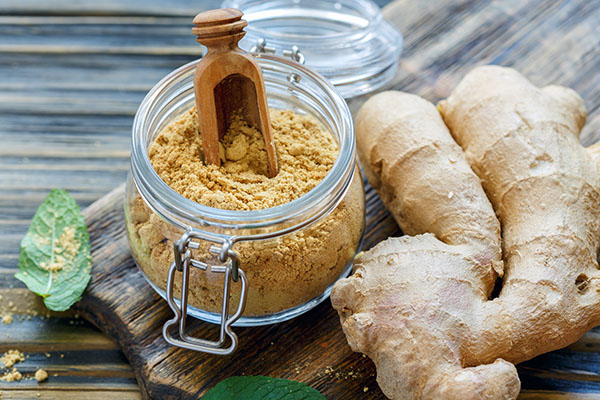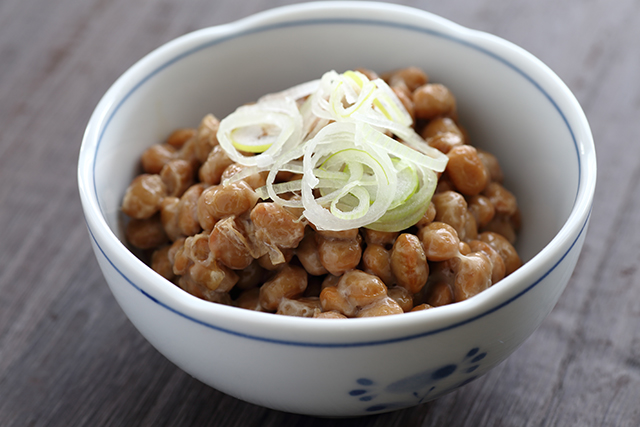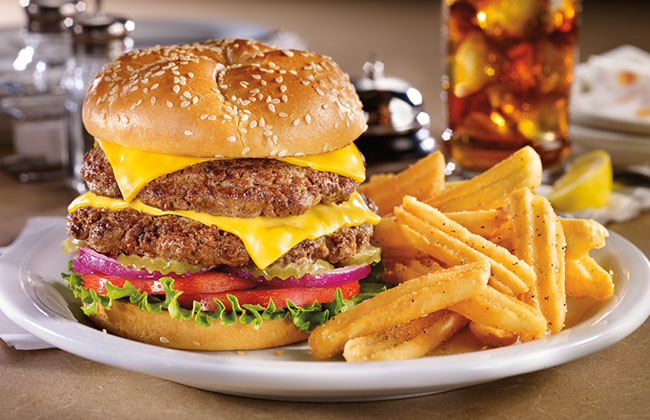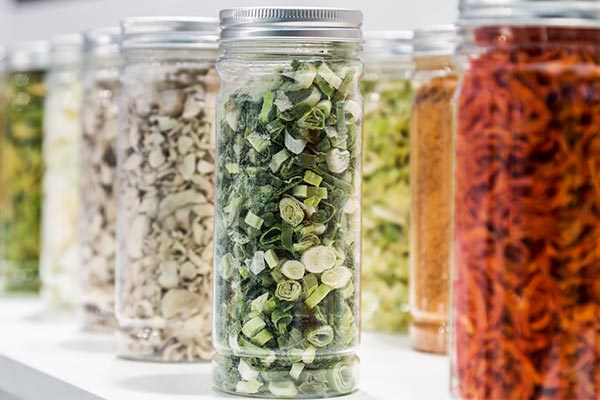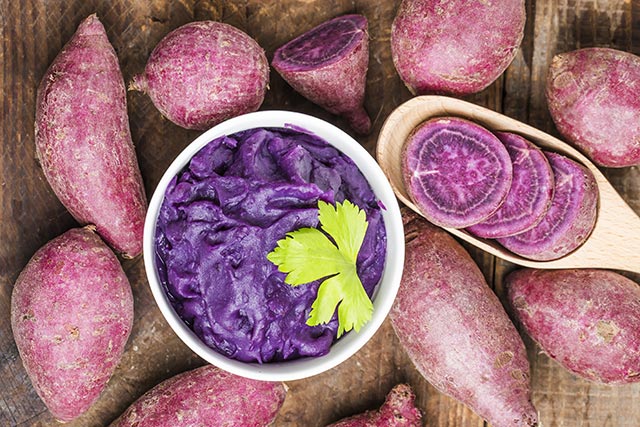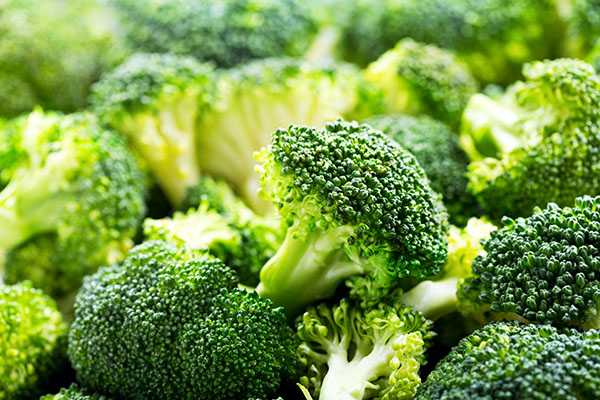Harness the legendary power of garlic, the everyday superfood, with this simple recipe
03/15/2024 / By Olivia Cook

Garlic is a powerful superfood and versatile plant that counts as an herb, spice and vegetable.
Known alternatively as the “camphor of the poor,” the “nectar of the gods,” the “poor man’s treacle” or the “stinking rose,” garlic is not only a cooking staple and a flavorful, everyday superfood valued all over the world, it is also remarkable as a natural medicine.
Garlic is known for its medicinal properties, with documented evidence showing many major civilizations using it, including the Egyptians, Greeks, Romans, Chinese and Indians.
Garlic contains many essential nutrients like manganese, vitamin B6, vitamin C, selenium and fiber. It can protect against illnesses, including the common cold and the flu. The active compounds in garlic can help reduce blood pressure, with research linking this effect to a 16 to 40 percent reduced risk of cardiovascular disease. Garlic is also known to improve blood cholesterol levels in a way that may lower the risk of heart disease.
The wonderful antioxidants in this powerful superfood can also support the body’s protective mechanisms against oxidative damage in a way that lowers a person’s risk of chronic diseases like Alzheimer’s disease. (Related: Extracts from garlic, white onion and purple onion exert inhibitory effects against enzymes linked to diabetes and hypertension.)
Other research shows that regular garlic consumption has a positive effect on longevity, athletic performance, bone health and the detoxification of heavy metals.
Cooking with garlic
There are many ways to consume garlic. Most commonly, garlic is added to pasta recipes. Garlic is also popularly used in many Asian-style rice dishes.
Garlic is very easy to include in your diet. It complements most savory dishes, especially soups and sauces. The strong taste of garlic is notable for adding a flavorful kick to otherwise bland recipes.
Readily consumable garlic comes in several forms, from whole cloves and smooth pastes to powders and even supplements like garlic oil and garlic extract.
Here is a very easy recipe for oven-poached garlic with red meat:
Ingredients:
- One cup of olive oil
- Three medium-sized potatoes sliced to one-half inch thickness
- Sprig of fresh thyme or one tablespoon of dried thyme
- Two bay leaves
- One-half teaspoon of salt
- 12 large cloves of garlic
- One-half pound of tender red meat (or fish), sliced to one-half inch thick
Preheat the oven to 350 degrees Fahrenheit and pour the oil into a 12-inch cast iron skillet. Lay the potato slices in the oil. Their bulk should raise the oil level above them at least slightly. If this does not happen, pour more oil to cover the potatoes. Add the thyme, bay leaves and salt and put the skillet in the oven.
Heat the potatoes for 20 minutes or until they start to soften. Once this happens, add all of the garlic cloves. Keep heating for 15 more minutes before adding the meat, which should take another 15 minutes to cook.
When this is done, remove the contents with a slotted spoon, holding it above the pan to allow the excess oil to drip back into the skillet. Serve the garlic-infused, oil-poached meal on a plate next to a slice of buttered bread. Smear the softened cloves onto the bread for added flavor.
Watch the following video to learn what benefits you’ll get if you eat garlic and honey on an empty stomach for seven days.
This video is from the Quick Treatment, Fast Result channel on Brighteon.com.
More related stories:
Here’s why eating garlic and onions can prevent hypertension and diabetes.
New study reveals regular garlic intake may lower mortality risk.
Garlic found to remove lead from the body better than a common chelator drug.
What do garlic and white onion have in common? Both can lower blood pressure and prevent diabetes.
Fascinating study finds that men who eat 4 cloves of garlic per day smell more attractive to women.
Sources include:
Submit a correction >>
Tagged Under:
#nutrition, food cures, food is medicine, food science, functional food, garlic, garlic peel, garlic peeling, herbal medicine, Herbs, natural cures, natural health, natural ingredients, natural medicine, nutrients, organics, recipes
This article may contain statements that reflect the opinion of the author
RECENT NEWS & ARTICLES
COPYRIGHT © 2017 FOOD SCIENCE NEWS

